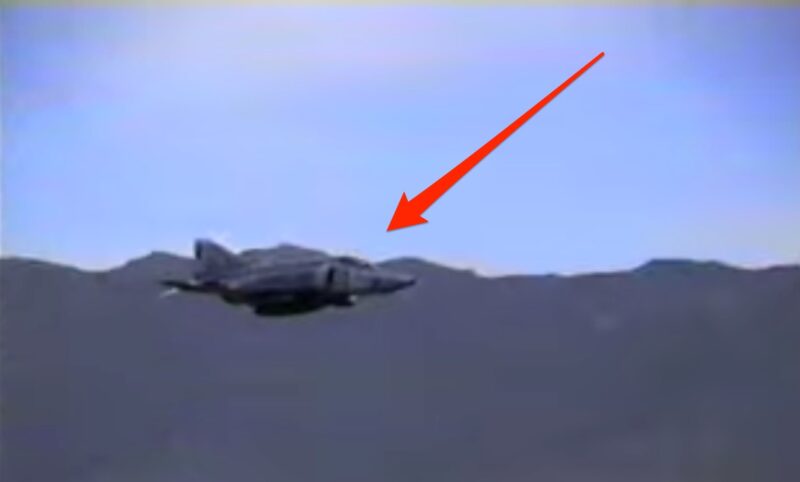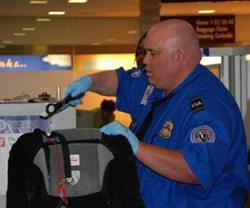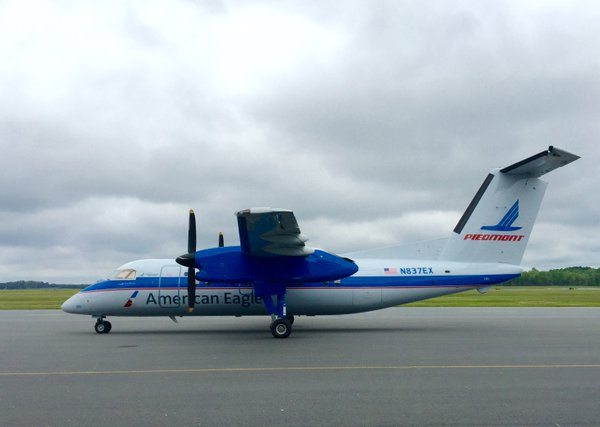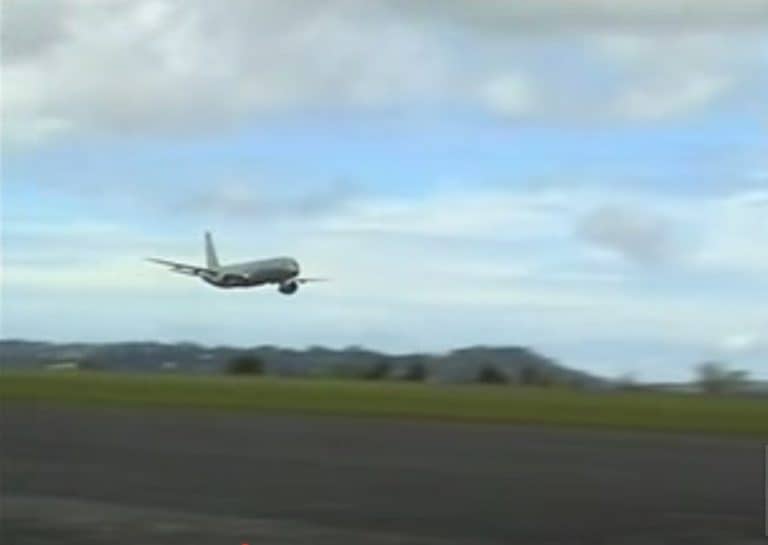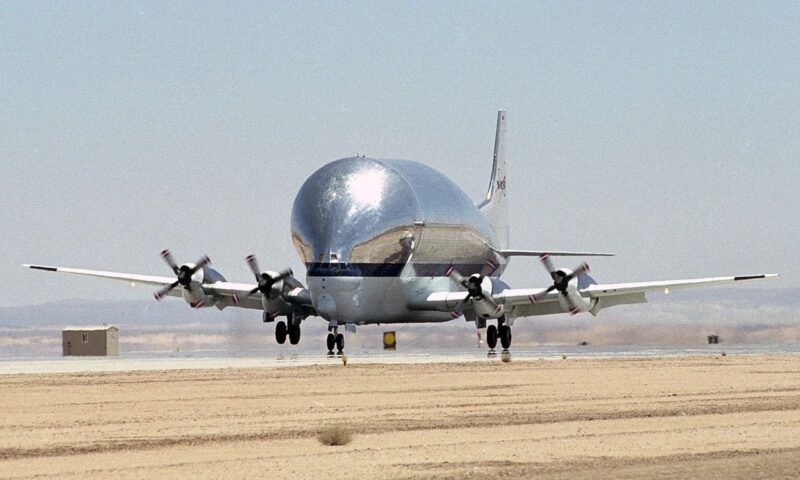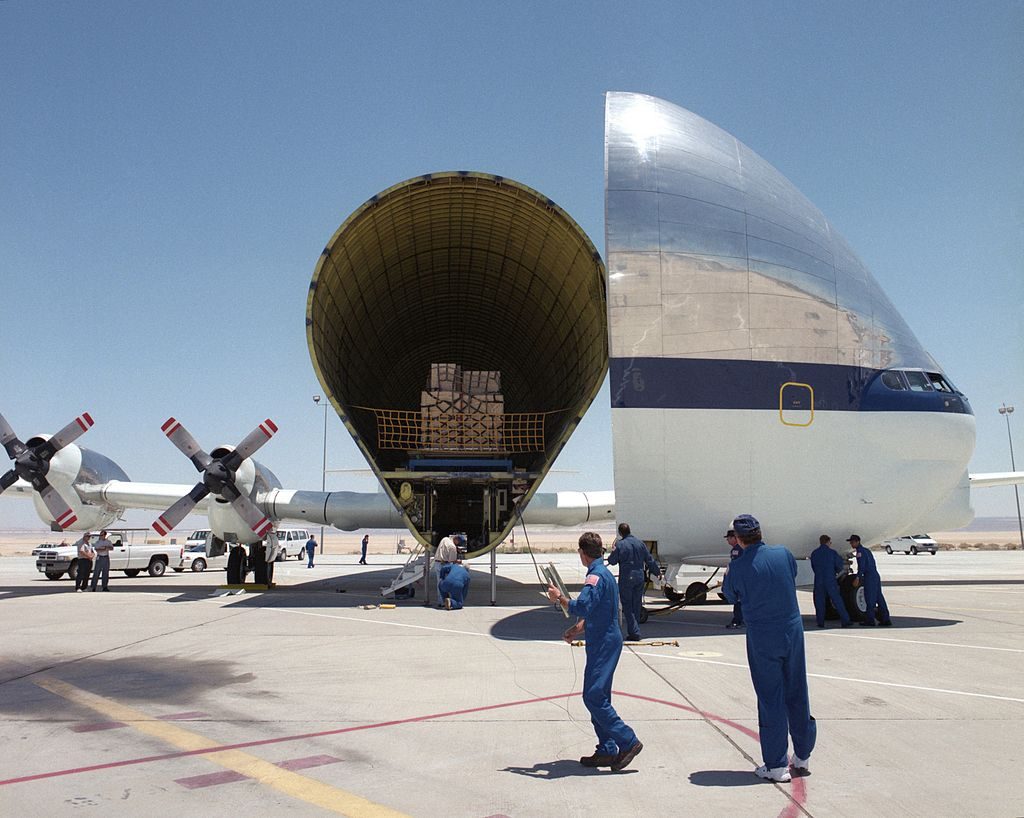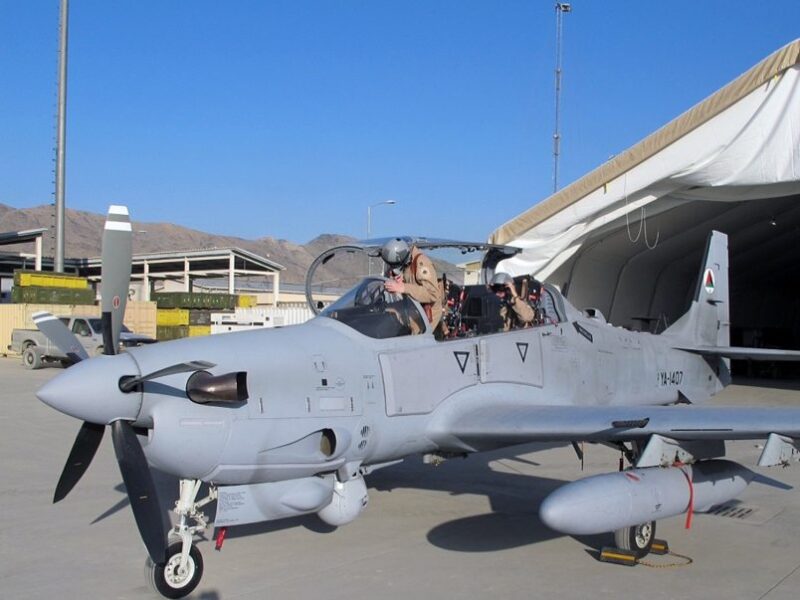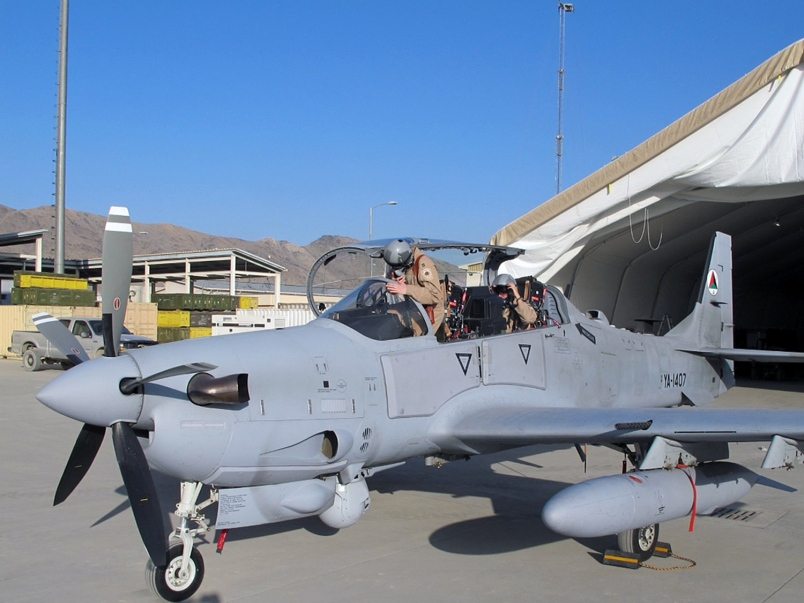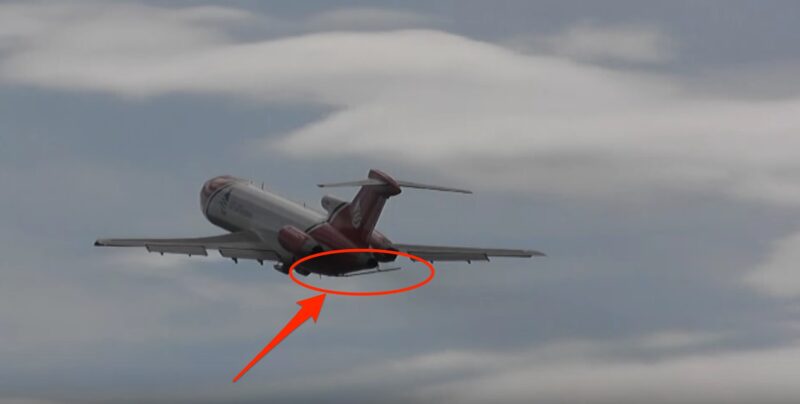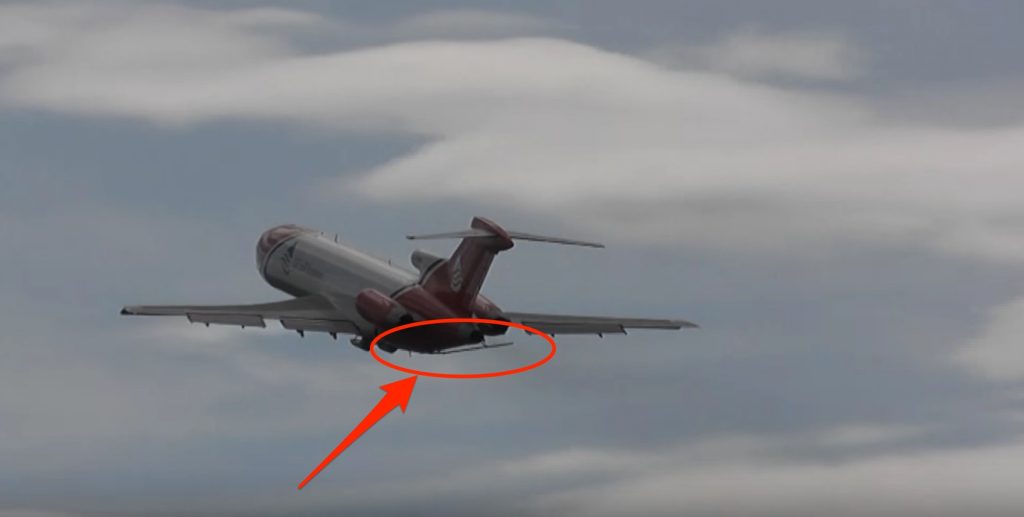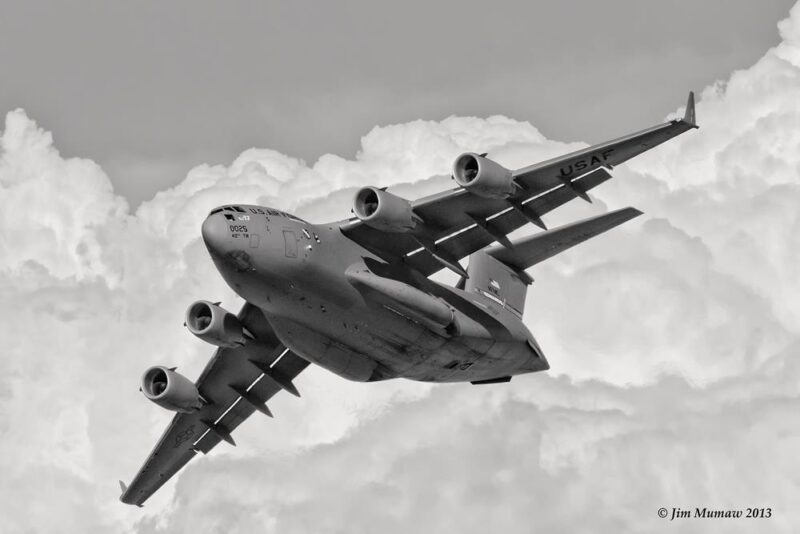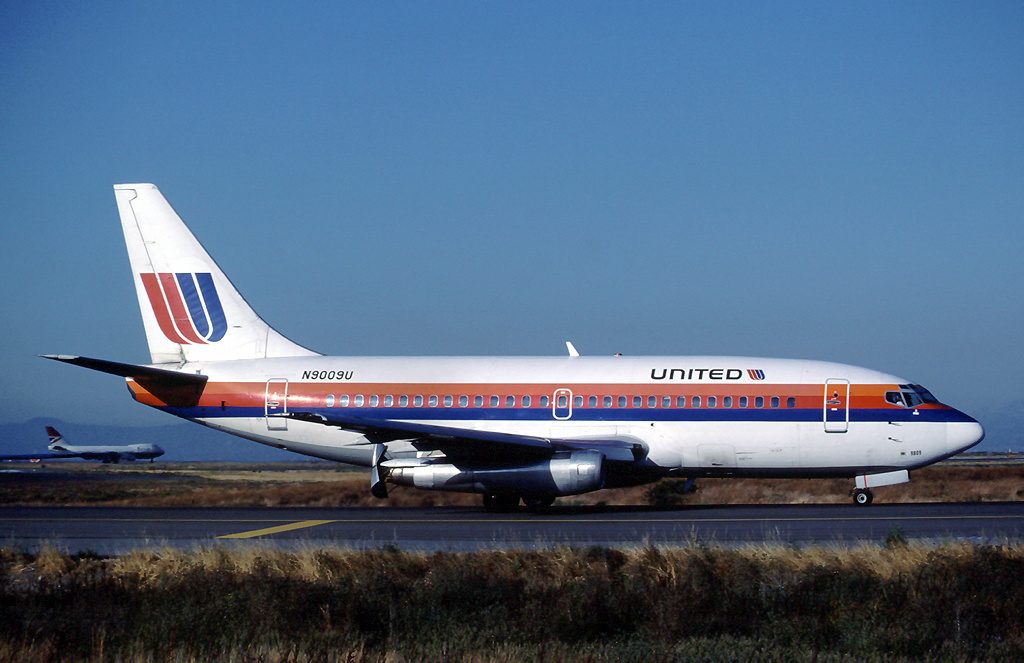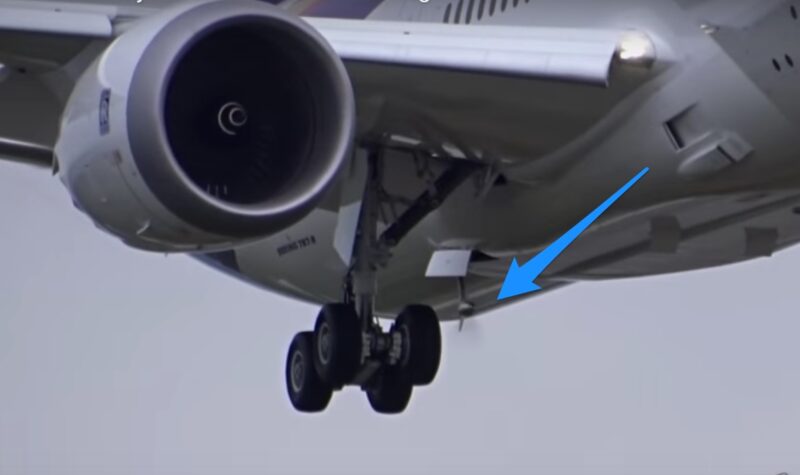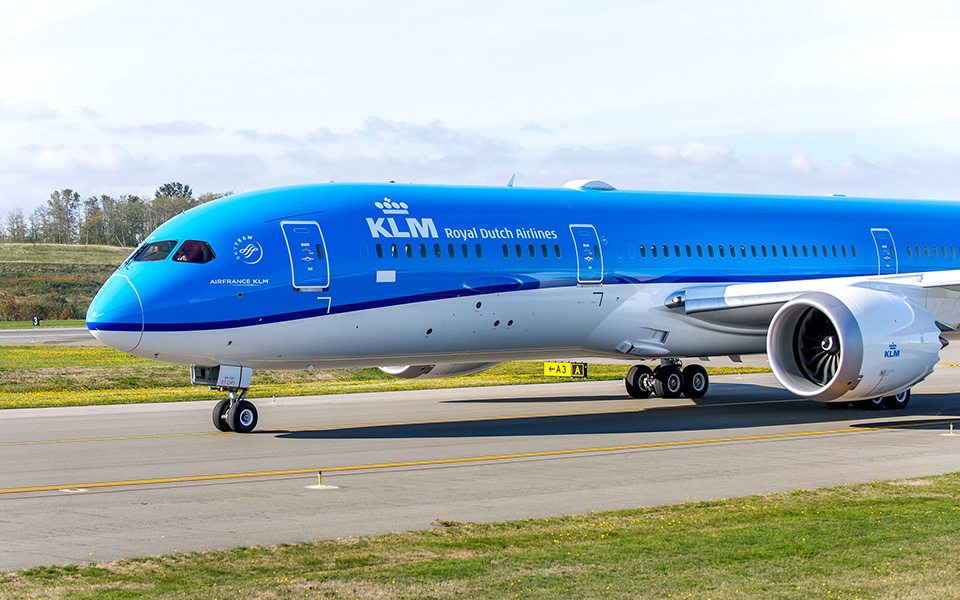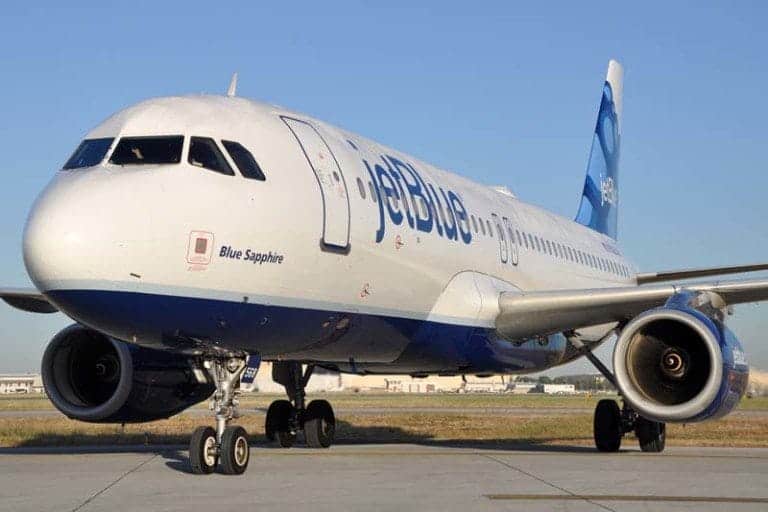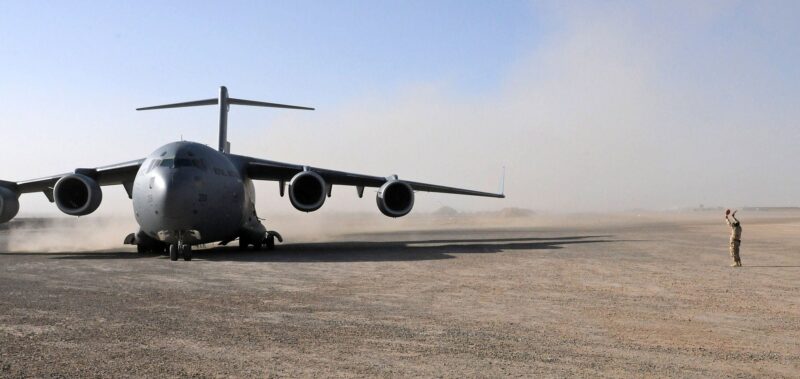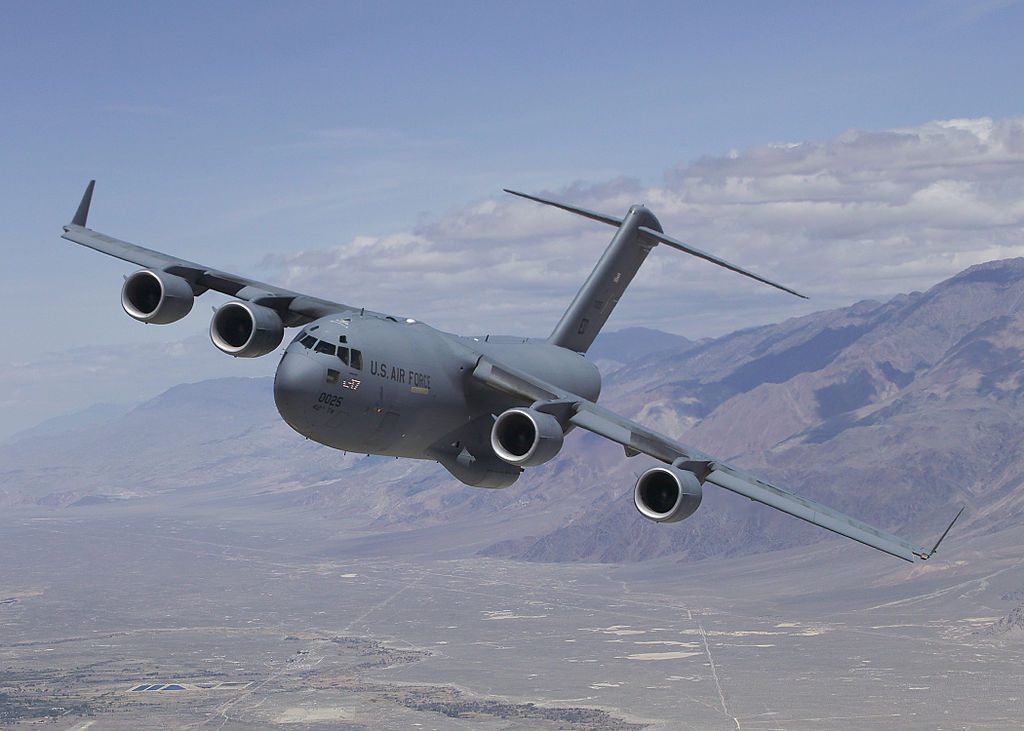Airlines and their customers are fed up with the long lines and delays. They’re as mad as hell at the TSA and they don’t want to take it anymore.
[youtube id=”QMz_RQuTBlI” width=”800″ height=”454″ position=”left”]
That’s Peter Finch, who won the Best Actor Oscar for his portrayal of mentally ill newscaster Howard Beale in the great 1970s movie “Network.” His rant would be a perfect theme for air passengers this summer.
With the summer travel season approaching and the United States’ commercial airlines gearing up for full-capacity flights, the specter of nightmarish-long security lines has air carriers and airports ready for the complaints.
Most of those disgruntled passengers take out their frustrations on the airlines – especially if the security line causes them to miss a flight – or the airport itself. Complaining to the TSA is likely to lead to a strip search. The procedures have barely changed and aren’t any speedier than when the security was ramped up after 9-11.
Congress spent three hours putting TSA Administrator Peter Neffenger on the hot seat Thursday about the dysfunction of the organization he runs and the long lines facing passengers.
Delta has offered to assign some of its staffers to help the TSA this summer. The TSA is warning that staffing shortages and a lack of funds to pay for overtime will create a lack of manpower at check points.
“The customers don’t distinguish security when coming through the airport between Delta and TSA,” Delta CEO Ed Bastian said during a recent media event at its Atlanta headquarters. “Security is something that, in our opinion, is a joint responsibility of both TSA and the airline, and we will do our share to help.”
The Port Authority of New York and New Jersey – which is in charge of the three major airports in the New York City area – along with Atlanta’s Hartsfield-Jackson Airport have sent scathing letters (yeah, those always work, don’t they?) to the TSA that if the screening process isn’t improved, they’re prepared to privatize the passenger screening process.
The Atlanta airport is working with Delta Air lines and TSA to experiment with Innovation Lines at Hartsfield. The new procedures are similar to the systems being used at London’s Heathrow and Amsterdam’s Schiphol airports.
Two I-Lines are scheduled to come on line at Atlanta’s south domestic terminal checkpoint later this month. Here’s how they work:
- Baggage bins automatically move to a separate conveyor belt if a TSA agent IDs them as suspicious.
- Baggage bins automatically recirculate after they move through the security machine.
- The I-Line includes special “divestiture” areas where passengers can take off shoes, belts, etc. at their own pace.
Of course, the irony is that last week the lines at the Atlanta airport were even longer – the TSA closed the south security checkpoint for three weeks of testing of the new I-Lines. Progress can indeed be painful.
If the program is successful in Atlanta, it could be implemented at other airports. Until then, the frustrations will remain high.
The New York/New Jersey Port Authority letter to the TSA mentioned the “inadequacy of TSA passenger screening,” fears of widespread “customer dissatisfaction” and described wait times as “abysmal.”
From mid-March to mid-April, there were hundreds of times that passenger waits lasted more than 20 minutes – and sometimes more than 55 minutes, the letter said.
You can blame carry-on bags, the TSA, or the cheap fares. The bottom line is that it doesn’t look like lines are getting shorter anytime soon.

